
Discover Characters From Brazilian Folklore, And The Explanation Behind Them
Every country has its folklore. Usually, they are legends created centuries ago to explain things that our ancestors couldn’t explain rationally, and Brazil is no exception to that. So, how about you read this article and discover some of our folklore and why we created them in the first place? I hope you have fun exploring a bit of another culture.
More info: realworldfatos.com
Negrinho do Pastoreio (Little Black Boy of the Pasture )
Negrinho is a slave boy who was beaten by his owner and left naked, bleeding, in an anthill, as punishment for having lost a horse, a punishment European slave owners actually applied on their slaves. The next day, when he went to see his victim’s condition, the rancher got scared, the boy was still there, but standing up, with smooth skin, without any marks of lashes or ants. The rancher threw himself on the ground, asking for forgiveness, but the boy answered nothing, just got on his horse and disappeared.
The legend is Afro-Christian. In the older versions of the tale, it was the Virgin Mary that healed the boy. It is believed that the only reason this legend was created was to influence people to enter religion, showing the power that the saints had to help people. However, the tale was soon adopted by Brazilians that were against slavery as a tale of warning to slave owners.
Lobisomen (Werewolf)
Several countries have a werewolf-like creature as part of their legends, and to Brazilians, werewolves aren’t anything new, but their origins are a little different from your usual tale. It is said that the seventh male child in a family is born cursed, and on a full moon night, he turns into a monster half-man, half-wolf, and goes out to hunt anything that gets in his way.
The legend of the Brazilian Werewolf is just an imitation of the original European legends. There are several versions of the origin of this legend, but one of the most accepted says that werewolves were common killers. Still, their crimes were so horrendous that people preferred to believe that a monster had done them and not a human.
Cuca
Legend has it that if a Brazilian child is disobedient, an ugly old woman with an alligator face steals them and cooks them in her cauldron.
Cuca is actually an “imitation” of the famous Boogeyman, and the legend was created to scare children and make them obey their parents because you know… actually educating them is too much work.
Boitatá (Fire Snake)
Boitatá is a giant fire snake that protects the fields against those who set it on fire. It lives in the waters and can also turn into a burning log, burning those who set fire to forests.
The legend was created by the native Brazilian tribe called Tupi-Guarani (Boi and tatá, meaning snake and fire). They created the myth to explain the effect of ignis fatuus, which is when oxidation of phosphine (PH3), diphosphine (P2H4), and methane (CH4) and probably other elements, produced by organic decomposition, ignite and create strong lights without an apparent cause.
Boto-Cor-de-Rosa ( Pink-Dolphin)
The legend of the Boto says that when he comes out of the water, he turns into a very handsome and charming man that flirts with all the beautiful women he meets. After the flirting, he takes the young women to the edge of a river and makes love to them, leaving the women pregnant. Before dawn arrives, he dives into the waters of the river to become a dolphin again.
This legend may be a surviving version of the original legend of the Ipupiara, which later also became the legend of the Brazilian mermaid named Iara, who seduced men and took them to the bottom of the sea. Ipupiara is a fish-man creature who took fishers to the bottom of the river, where he devoured them.
All of these legends were inspired by the tales of the European mermaids, who later got mixed with African and indigenous culture, which gave rise to these other versions. But why were they created in the first place? It was to make sure women remained virgins until they got married, it was a tale of warning that says that if they had sex, bad things would happen to them.
Curupira
The Curupira is a being with hair of fire, and his feet are backward. Usually, he walks with some animal and is a protector of the woods, he attacks hunters and makes them get lost in the forest never to leave again. Also called Caipora, and Pai-do-Mato he or she is another entity of the Tupi-Guarani mythology.
Most likely, the myth of Curupira and Caipora comes from the Anhangá, an evil being that caused the disease or killed the natives. These legends were not uncommon at all, there are reports of similar entities among almost all indigenous people in Latin and Central America.
Over time, the myth was mitigated, and he became a protector of the forest. Yet, there are reports from the Jesuits, at the time of Brazil’s colonization, that the natives still feared Curupira and even made offerings to him.
Mula-Sem-Cabeça (Headless Mule)
A woman who falls in love with a priest becomes a Headless Mule, with fire for a face. She spends her nights roaming the villages scaring and attacking anyone; the only way to break the curse is to remove her horseshoe or a drop of her blood.
The legend is Hispanic-Portuguese, and its creation had a straightforward reason: to scare young girls. At the time of the myth creation, both countries were very religious, and they took Church rules very seriously. So, to prevent women from falling in love with priests and losing their virginity before marriage, several stories were told to scare them. This one is one of the few that was brought to Brazil during the colonization period.
Saci Pererê
Certainly one of the most famous legends in Brazil, Saci Pererê is a one-legged black boy with a red cap and a pipe, he is always playing pranks and can turn into a whirlwind, but one can catch him with a sieve and a bottle.
The legend is a Portuguese import that got mixed with another legend of the Tupinambás natives, that of Matita-Perera, which was a bird of mysterious life, and it’s hard to determine where the whistle comes from. Over time the bird became a black boy, and Saci Pererê was born.
The Saci may have been created to explain the formations of small whirlwinds that our ancestors could not comprehend.
Boiuna (Big-Snake)
The Boiuna is a giant snake from the North Region of Brazil; she lives among the rocks of rivers and lagoons, from where it leaves to hunt and sink boats. When it comes out of the stones, it thunders, sends lightning and makes it rain. Still, according to folklore, the moon is the head of the serpent, the stars are the eyes, and the rainbow is the blood of the Boiuna.
So what’s the origin of this myth? Most likely, the giant snake was just an anaconda that lived in rivers in that region, and like any myth, its accounts were so exaggerated that the snake became giant and all-powerful.
4Kviews
Share on Facebook
 Dark Mode
Dark Mode 

 No fees, cancel anytime
No fees, cancel anytime 






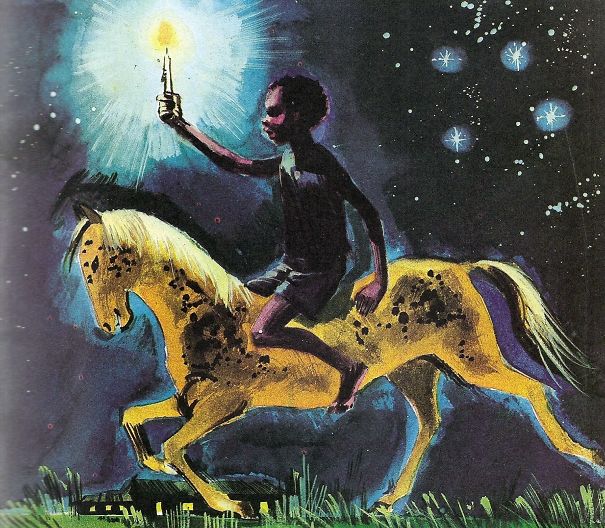

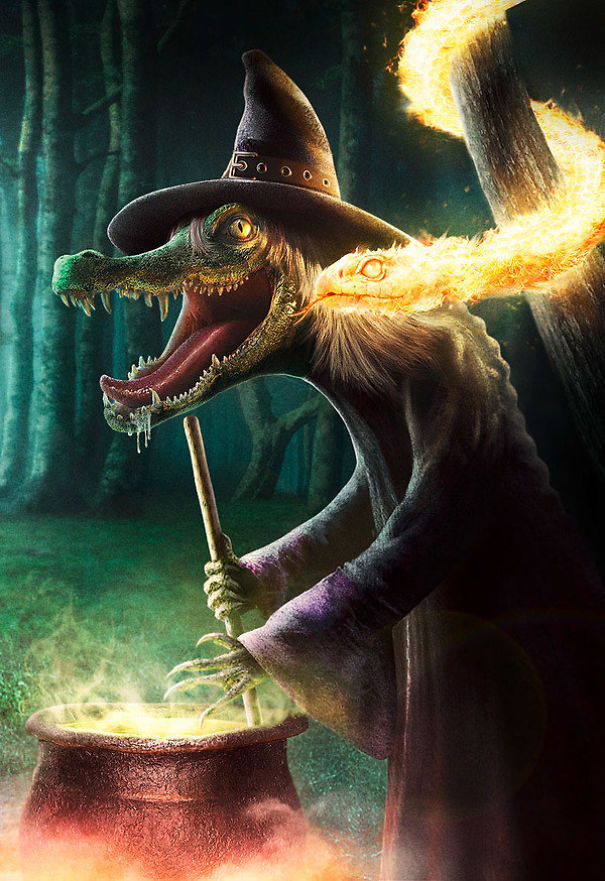
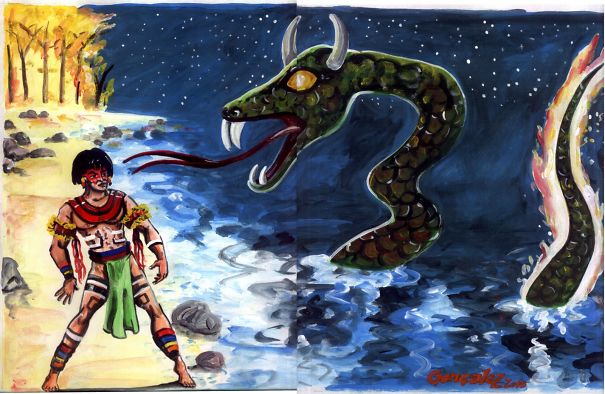

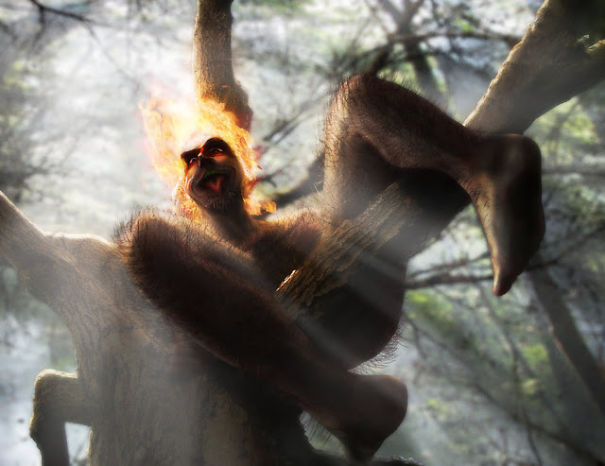
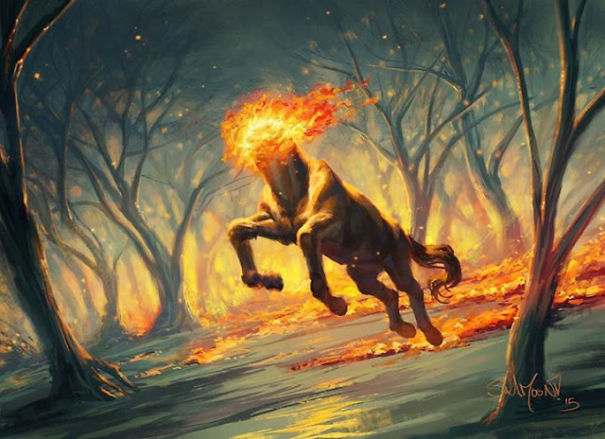
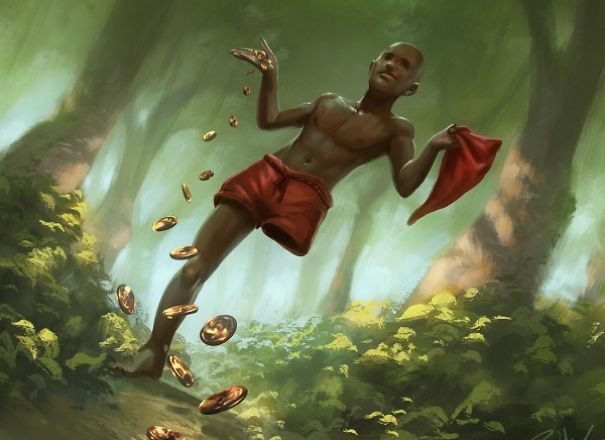
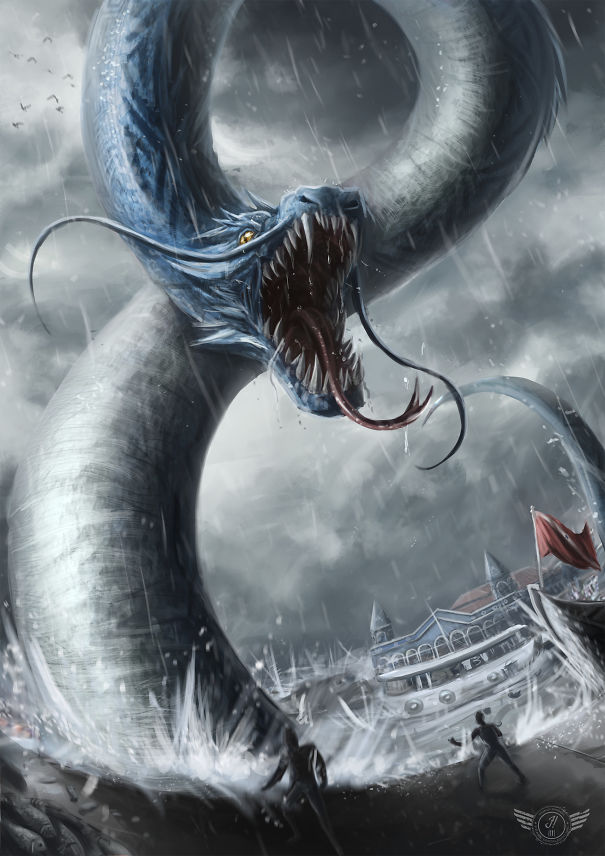












































22
1